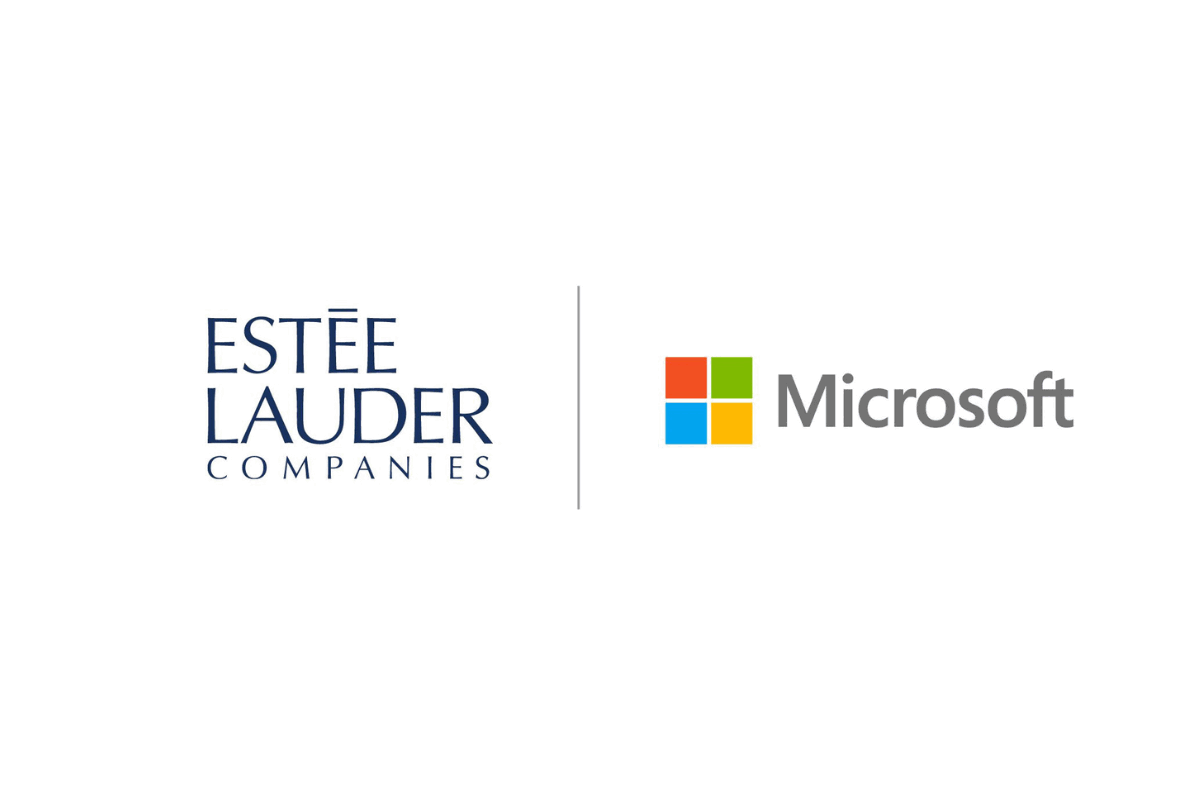Mobile Sales Fall While Smartphone Sales Rise, says Informa
- Monday, March 9th, 2009
- Share this article:
Total new handset sales will fall 10.1% year-on-year in 2009, but sales of Smartphones will maintain robust growth of 35.3% year-on-year, with Smartphone penetration reaching 13.5% of new handsets sold. By 2013, Smartphone penetration will have trebled to just over 38%, while the move to adopt open source will help the Symbian Foundation maintain its leadership over Android, Linux and Microsoft. These are some of the findings of a new report from Informa Telecoms & Media, Mobile Operating Systems: The impact of open source and importance of user experience.
The report addresses key questions including:
- How will device vendors differentiate themselves?
- What is User Experience?
- What are the most suitable Open Source licensing models for mobile handset software?
- How to succeed in an Open Source world
- How to make money with Open Source
- The challenges and risks of Open Source
- What are the major trends in mobile handset OS?
- Which OS platforms will be the most popular in 2009 and in 2013?
- What strategies are being adopted by the leading handset vendors? What does this mean?
- What is the future for proprietary OS?
- What mobile OS strategies are operators adopting?
The Smartphone segment is no longer as simple as it was a few years ago, says Gavin Byrne, Research Analyst at Informa Telecoms & Media. Since early 2007 Symbian, Microsoft, Linux and BlackBerry OS have been joined by Apples OS X iPhone, Android and recently Palms Web OS.
In 2008, there were almost 162 million Smartphones sold, surpassing notebook sales for the first time. Just over 49% of Smartphones sold in 2008 were based on Symbian OS, a significant drop from a near 65% share it enjoyed one year earlier. While this is in large part due to the relatively poor performance of Nokias Smartphone range, it is also an indication of the popularity enjoyed by competing platforms including Linux, BlackBerry OS, Microsoft Windows Mobile, OS X iPhone and new entrant Android. This underlines the growing challenge that these platforms may present, in the mind of device vendors and operators.
Changing software platform strategies
Openness is a key criterion, says Informa, while all in the mobile telecoms space now see the revenue potential of applications and services. Now more than ever, it believes, handset vendors must develop strategies to maximise these new revenue streams, while reducing costs. Factors like these have led device vendors to alter their software platform strategies, like LGs recent public declaration of its intention to launch 50 new mobile handsets using Microsoft Windows Mobile. In the past year, Motorola, Sony Ericsson and HTC have also significantly modified their approach to the Smartphone market. It has also become a growing focus for ODMs and for the operator-focused strategies of ZTE and Huawei.
Developers are key
Informa notes also that as more and more value moves from device hardware to software, and also to content, developers are becoming increasingly central to the mobile handset value chain. Platform and applications development are in many cases already reaping the benefits of open source components and approaches, with LiMo Foundation, Android and the Symbian Foundation being the most significant device platforms in market.
The decision to move the Symbian platform to open source is crucial in maintaining its leadership over Android, Linux and Microsoft, says Byrne. The growing importance of content development is reflected in the efforts that Apple, Google, Nokia, Microsoft, Qualcomm and Adobe have gone to facilitate development and a route to market, as represented by their application stores.
Theres more information here. And you can download a table of contents here.
















